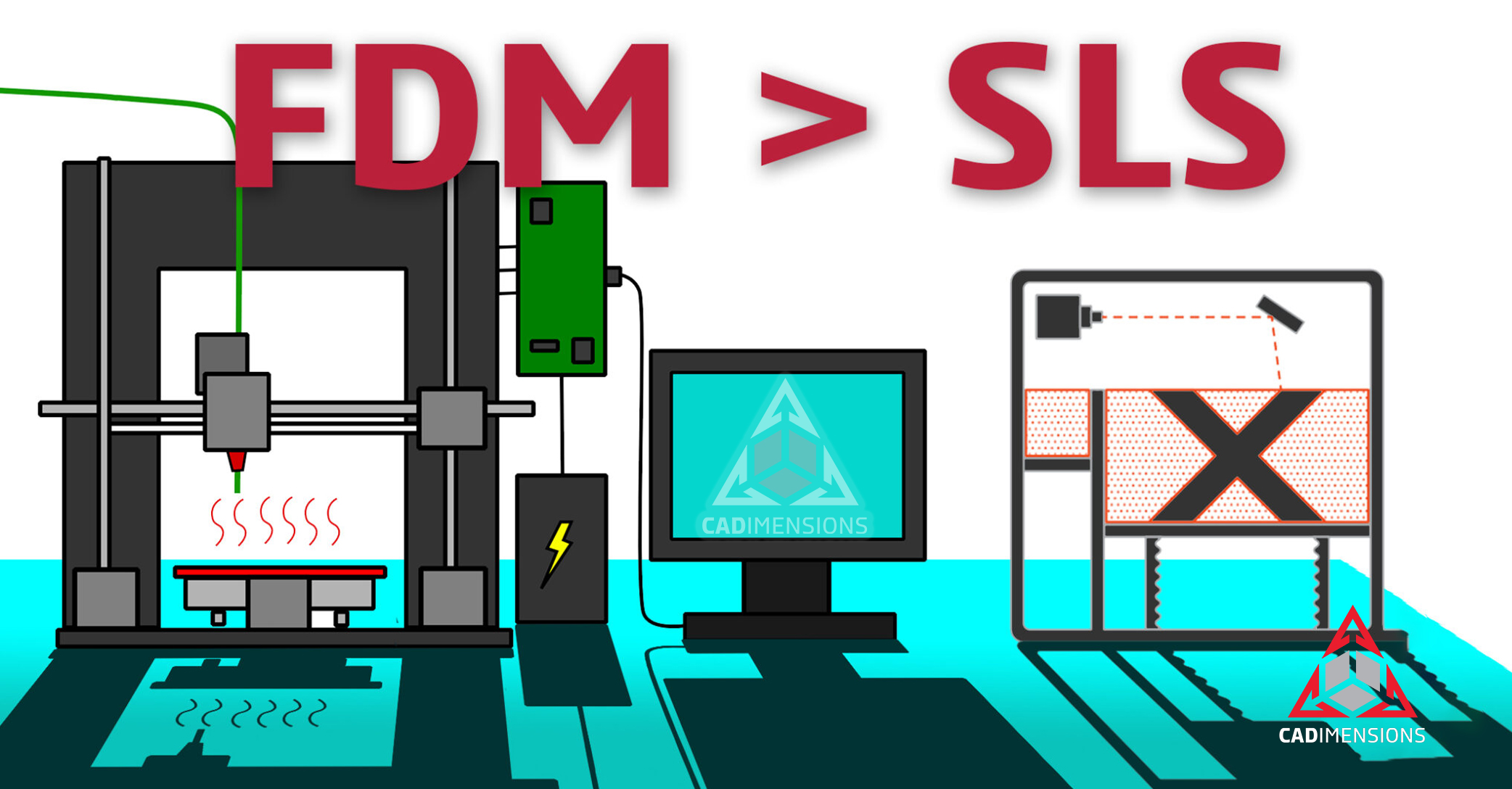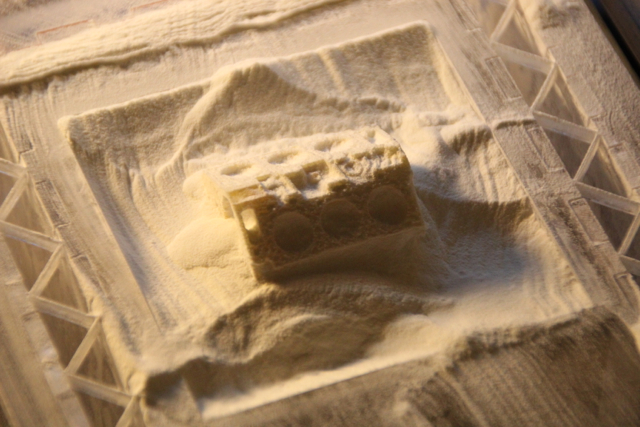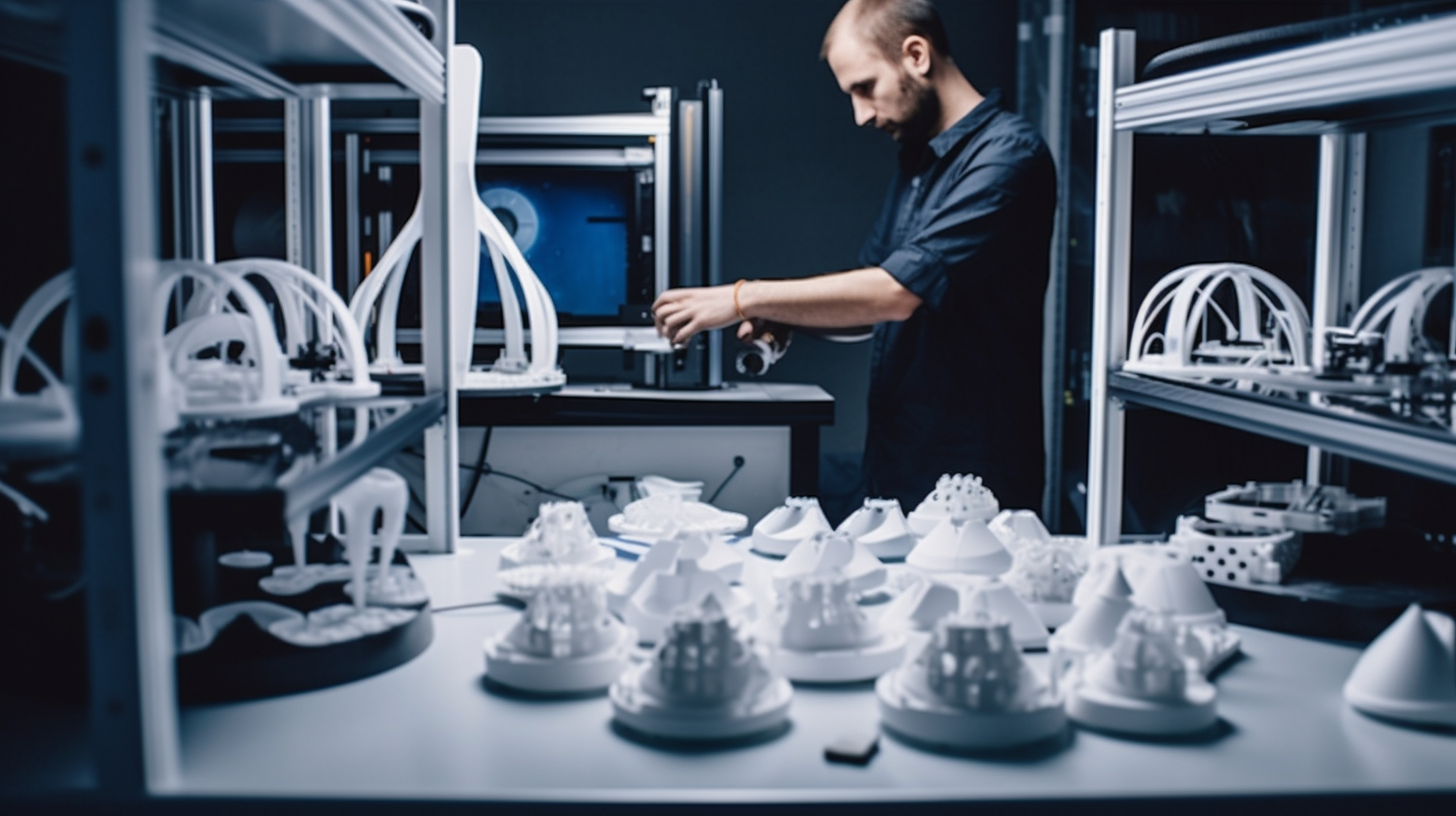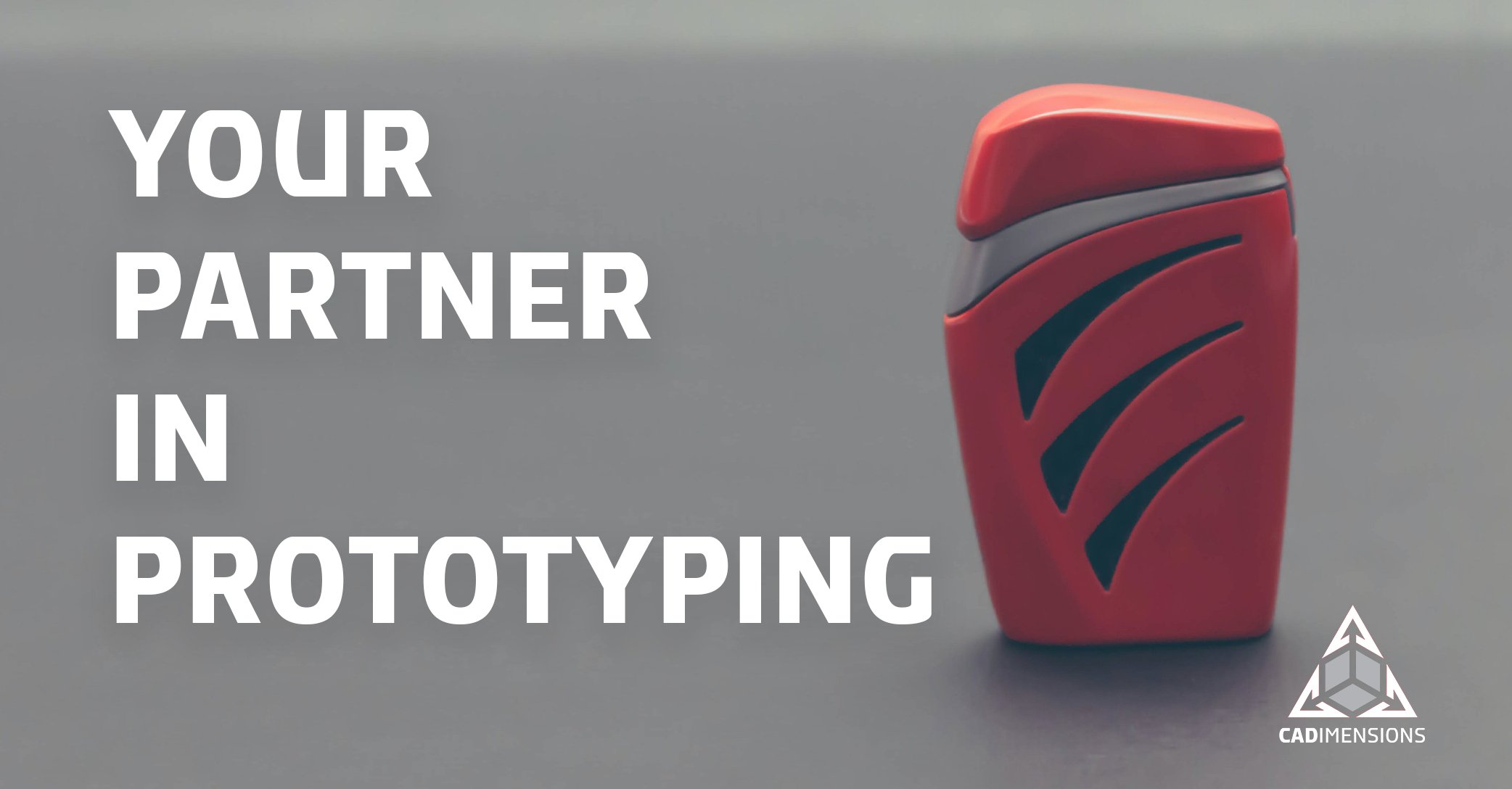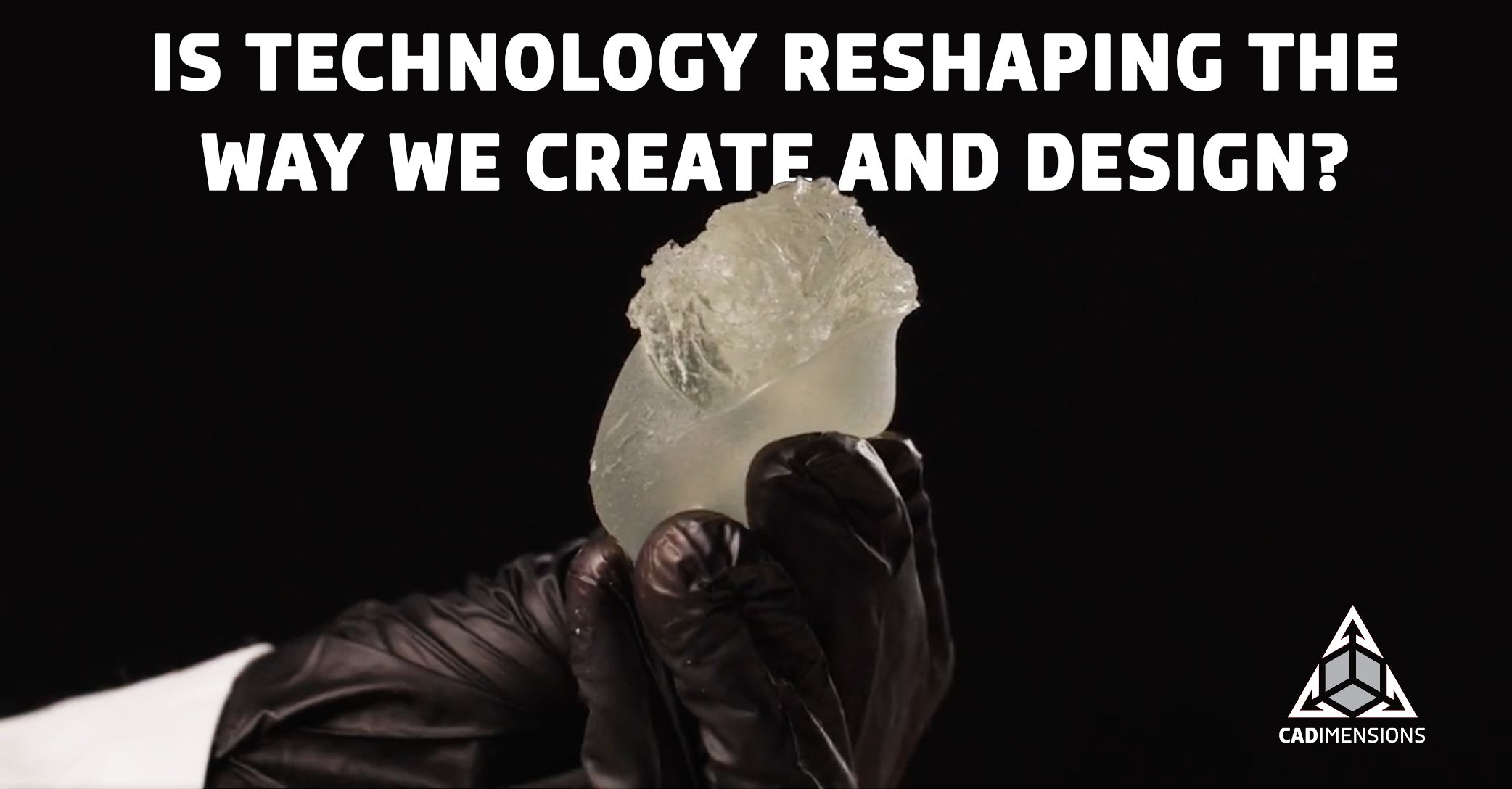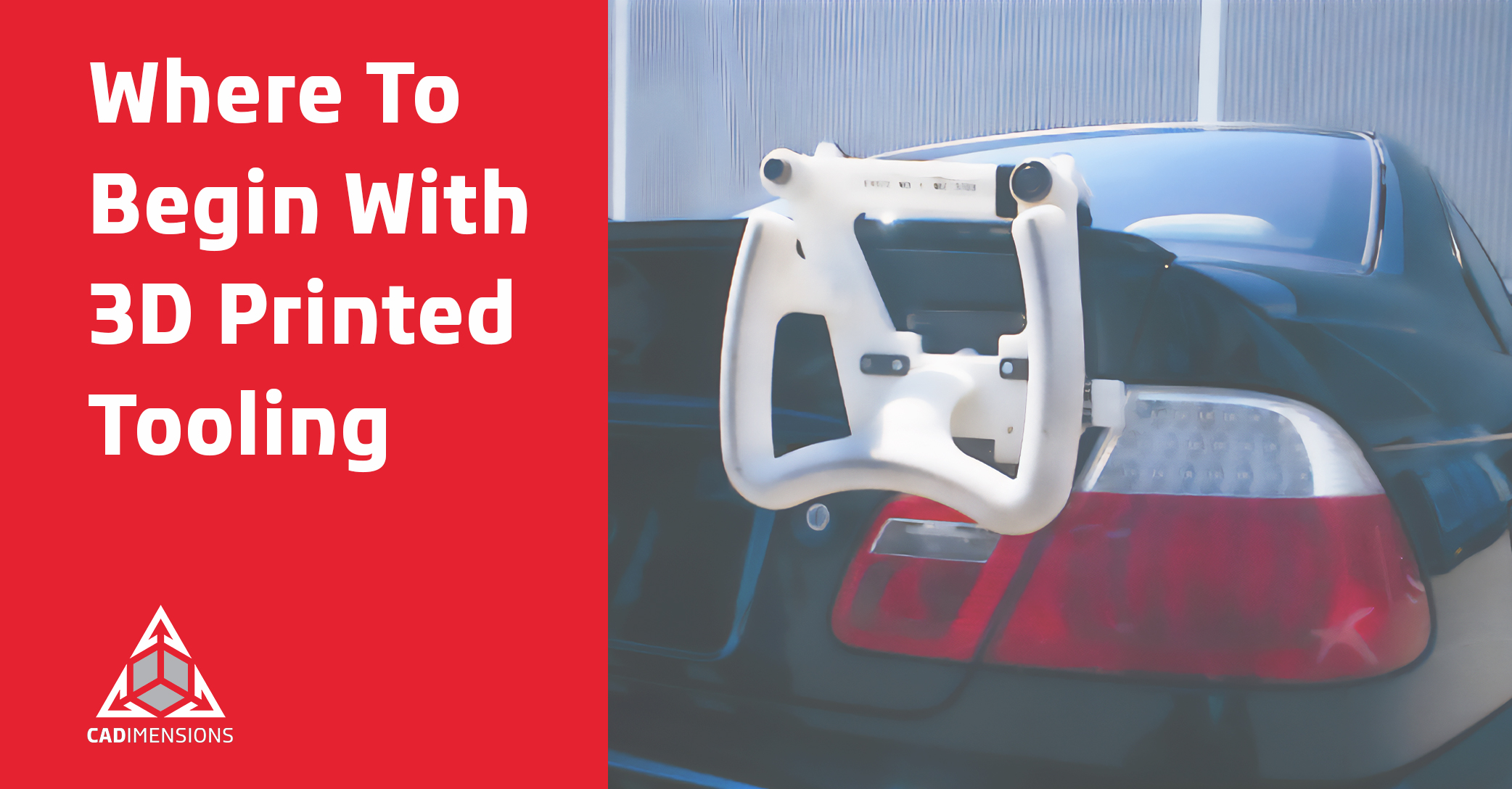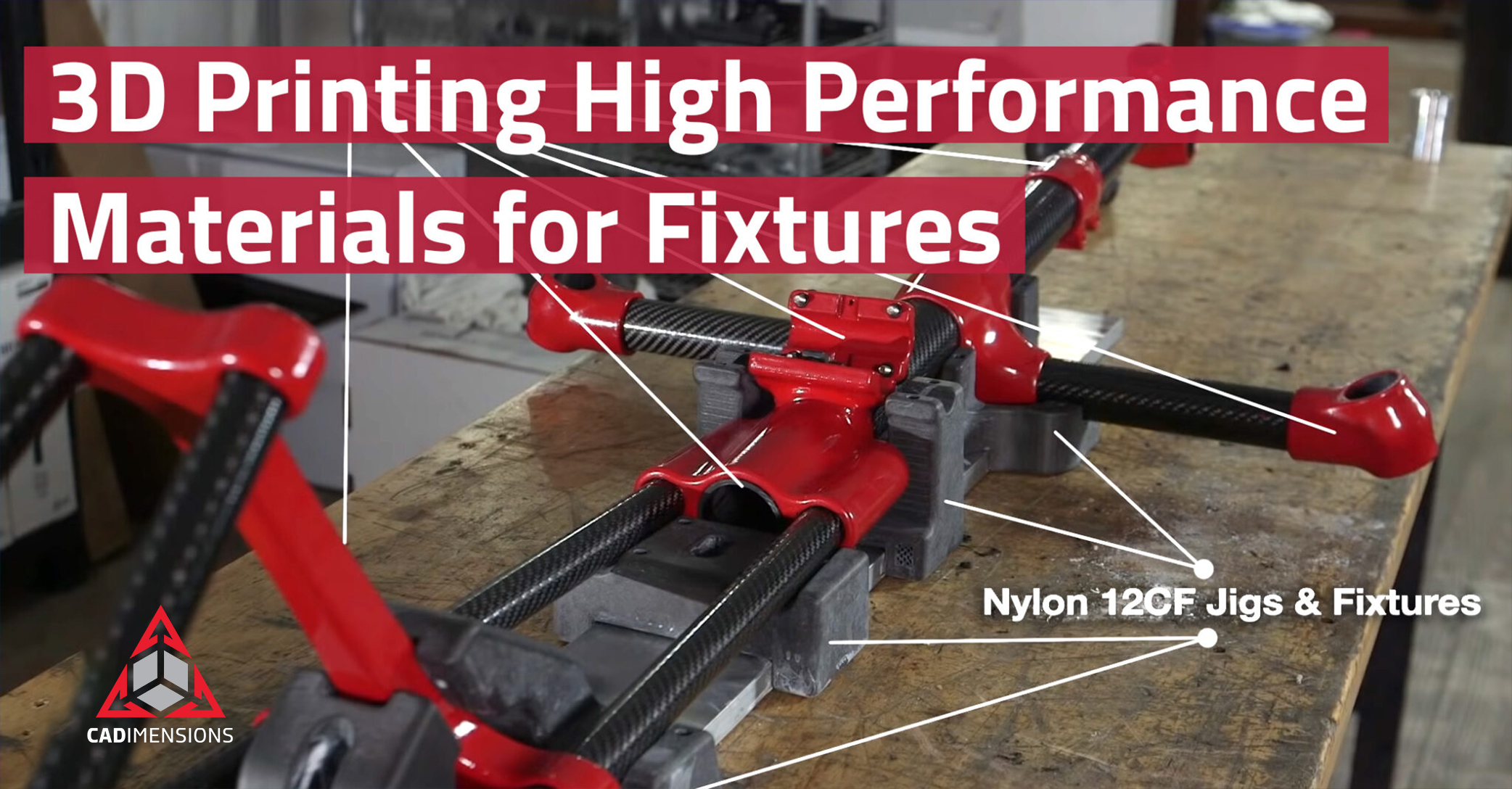Better for Business: FDM 3D Printing over SLS 3D Printing
This post will go over the three most important reasons why businesses choose FDM 3D printing over SLS 3D Printing. Additive manufacturing technology is constantly evolving. New techniques for creating 3D objects are being developed every day, and old yet powerful methods whose patents have expired are seeing new life as businesses jump at the opportunity to bring the technology to a wider audience. A prime example of this is the Selective Laser Sintering or “SLS” technique of 3D printing. Since the patent expired in 2014, a handful of companies have adopted SLS – Sintratec, Sinterit, and Formlabs to name a few.
Selective Laser Sintering uses a bed of powdered plastic, typically nylon, to build objects. A layer of plastic powder is spread over the build area, and a laser traces the cross-section of each layer of the object to be created, fusing the plastic powder together wherever it travels. The build platform lowers, another layer of plastic powder is distributed, and the process repeats until the desired object is formed.
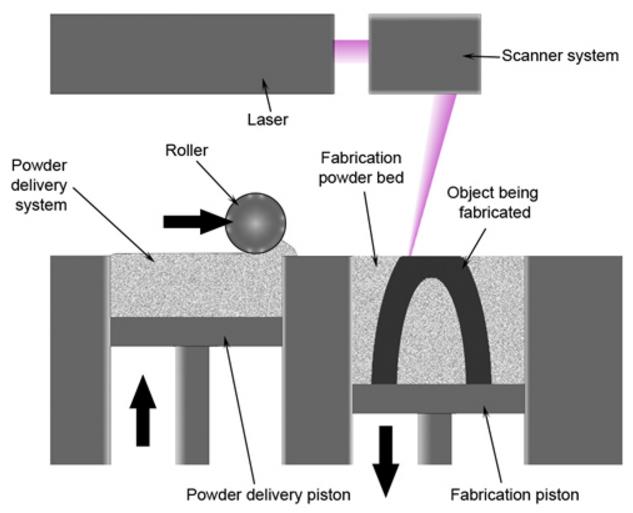
SLS is a popular choice for 3D printing for a number of reasons. Nylon is a strong material to work with for functional prototypes and has enough flexibility for prototype features like snap-fit parts and hinges. Because of the powder process, parts can be built without surface-damaging support material. The powder surrounding each part that is not sintered will hold up extreme overhangs, allowing intricate geometries to be created. All of these features distinguish SLS from other technologies, but there are some key areas where FDM wins out, making it the primary choice for businesses.
1. Powder Handling
If you have ever worked on a craft project with glitter or had a day at the beach, you know that powdery materials get everywhere. Working with an SLS 3D printer means working with messy powder every day. Operators need to wear dust masks to make sure the powder is not inhaled while they excavate the desired parts from the powder bath. Perhaps the most disappointing aspect comes into play when the powder that once surrounded the parts can only be partially recycled, and the rest needs to be discarded. Due to this waste, printing a single small part becomes very expensive.
FDM 3D printing, by comparison, is far cleaner. Printing materials come in spools, the support material can be dissolved away hands-free, and no operators need to wear dust masks at any point in the process. The most attractive feature of the material handling for FDM 3D printing is not finding plastic powder on your clothes weeks later, like glitter.
2. Material Options
SLS 3D printers mainly use nylon powders or polymers with similar properties to nylon. If the user has a need for a different plastic for a specific application, it is simply not available using the SLS machine. FDM 3D printing is capable of printing a wide array of plastics (even nylon) with different flexibility, melting points, chemical resistance, etc. Businesses that choose an SLS 3D printer should be very certain that they want to print in Nylon before investing in equipment.
3. Final Part Quality
SLS prints look beautiful and detailed in photos with nearly invisible layer lines, but the reality of holding a print shows a grainy surface. This surface is almost like sandpaper, albeit softer, and so prototypes with moving parts and sliding surfaces can wear during use. FDM parts, by comparison, can be oriented to position the layer lines to coordinate with the direction of motion, or to optimize the part’s strength per application. Because of the process used, SLS parts have a tendency to be very porous, gathering oil and particulates over time if they’re handled regularly, damaging their appearance. Nylon is a very hygroscopic material and therefore absorbs water as it ages, which can affect its mechanical properties.
Another aspect of final part quality is the internal structure of the parts. SLS parts are normally solid in all features unless they’ve been designed specifically to be hollow with appropriate powder-draining holes. This increases part cost and makes printing one-off prototypes difficult. With FDM 3D printing, users are able to vary the part’s strength and cost by customizing the density of the internal lattice structure. In other words, FDM 3D printed parts can be completely hollow, completely solid, or any value in between without any additional 3D modeling work allowing the part to be made for its intended purpose whether it is a simple form test or a functional tool.
Each 3D printing technology has its pros and cons, making the question of “which 3D printing technology is right for me?” a difficult one to answer. When comparing FDM and SLS techniques, this stands true, but the material handling headaches, limited material options, and final part quality leaves many companies turning to FDM, despite new SLS machines being offered at historically low prices.
